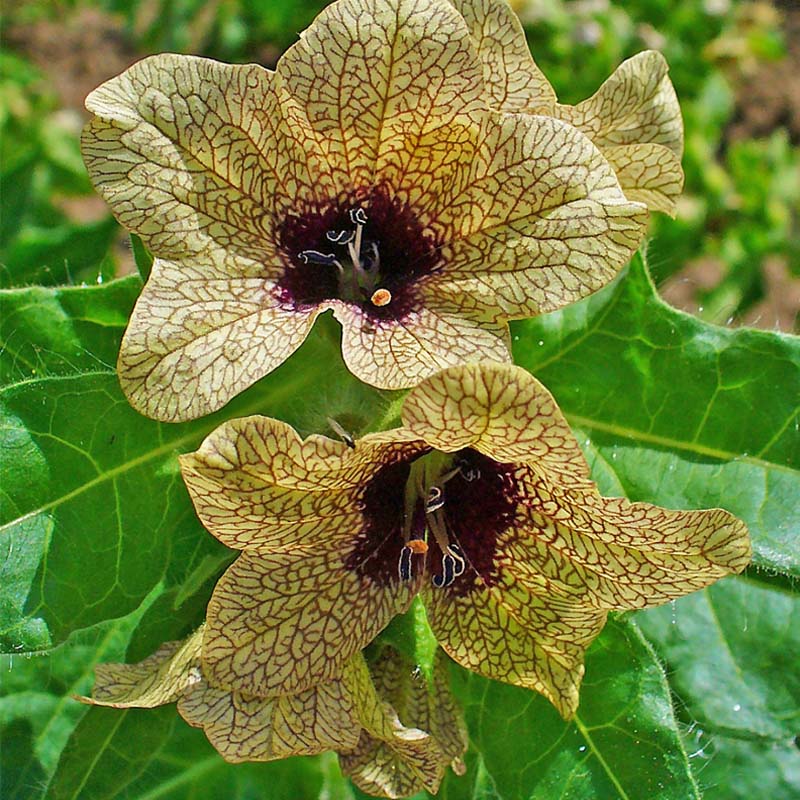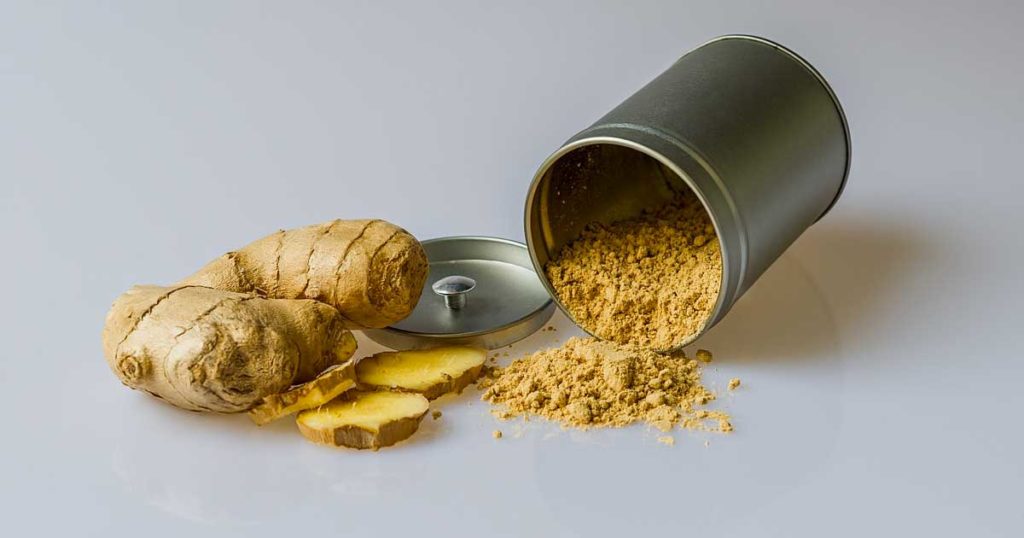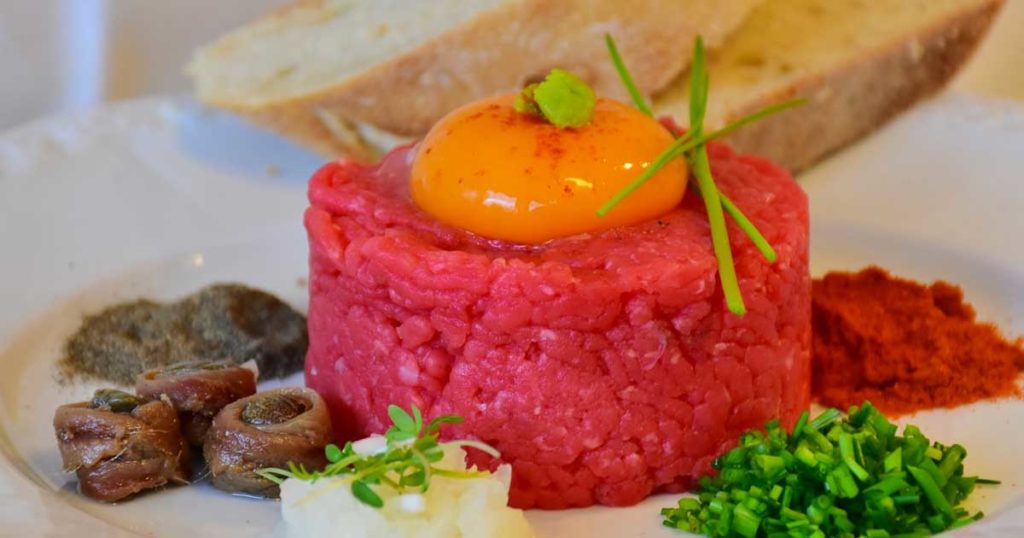The ten most poisonous plants from our home gardens are no strangers. Most of us know the classic thuja hedge, the yew bush, or the blue monkshood. You can find these and seven other poisonous plants from the garden in our list.
When the garden is green in autumn or everything is blooming in spring, one is happy, enjoying the sight and thinking of no evil. But there are also dangers lurking in our gardens at home, of which one is usually not even aware. Tulips, thuja, or deadly nightshade can quickly lead to a visit to the emergency room. We present the ten most poisonous plants from the garden.
If you notice any symptoms of poisoning, contact a doctor directly, call the fire brigade rescue service or the poison emergency number 1-800-222-1222.
1. Henbane
The elongated egg-shaped leaves, which are stalked, toothed and hairy, are special features of Pilsen or madam. The flowers are dirty yellow, cup-shaped, and have purple veins.
The nightshade plant blooms from June to September. The leaves of henbane are poisonous from a quantity of 0.5 g, whereby generally all parts of the plant are classified as toxic.
Possible symptoms of poisoning are:
- Hot skin
- Facial flush
- Dry mucous membrane
- difficulties swallowing
- hoarseness
- Change of pupil
- Visual disturbances
- Heart trouble
- Sedation, but also arousal
- Hallucinations






